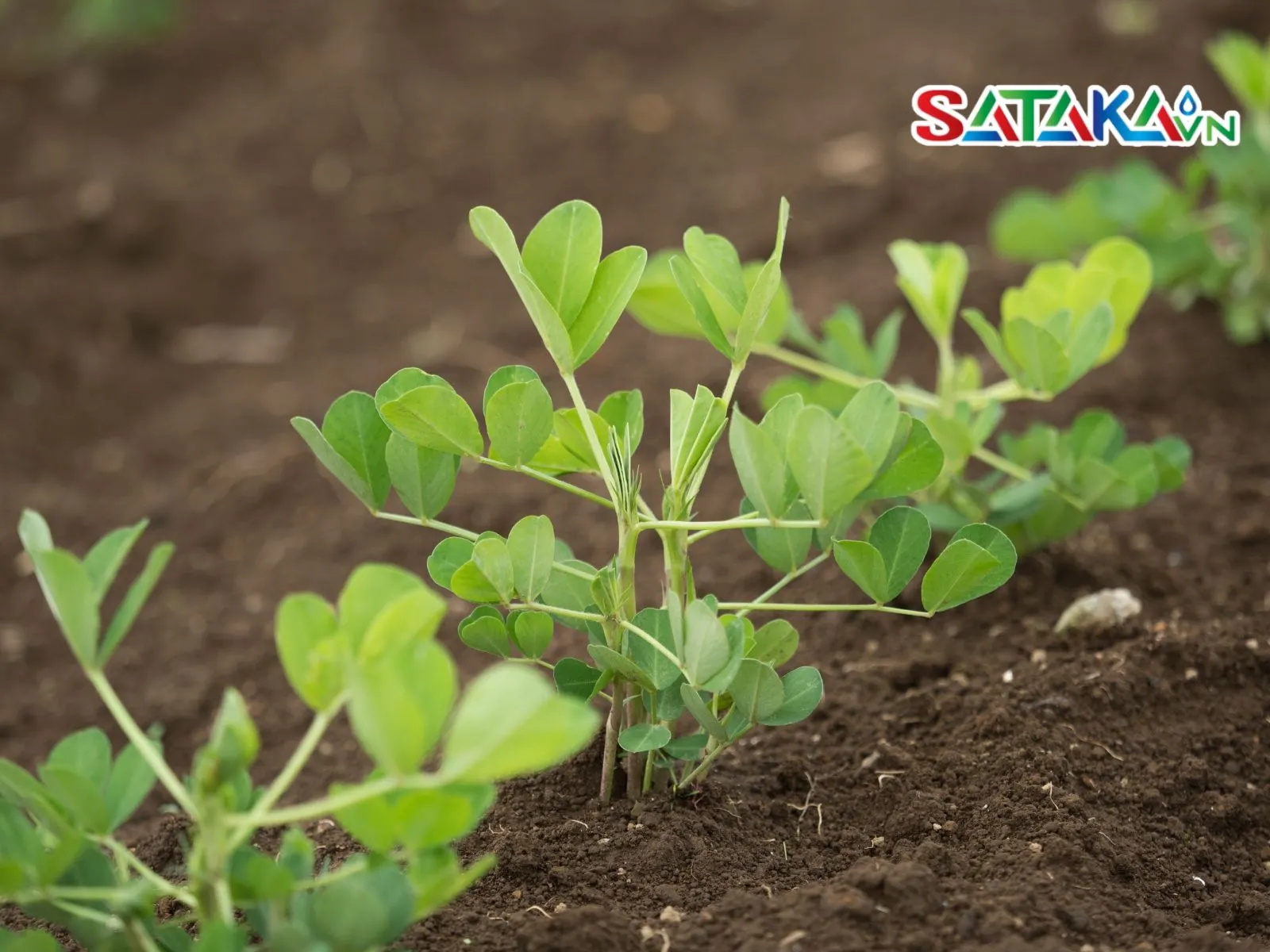Coffee yellow root rot nematode disease is one of the causes of yield decline, because the nematodes attack plant roots, weakening the plant and causing yellow leaves. To prevent, it is necessary to control nematodes with Sataka to learn about in the following article.
Coffee is one of the most economically valuable crops, particularly significant for coffee-growing households in Vietnam. However, the development of coffee trees faces numerous challenges, with root-knot nematode disease causing root rot and yellowing leaves being one of the most concerning issues. Sataka’s article provides insights into the causes, symptoms, prevention, and treatment of this disease affecting coffee plants.
Root-knot nematode disease primarily results from the invasion of harmful nematodes. Nematodes are microscopic organisms living in the soil that mainly attack the root systems of coffee plants. They damage root tissues, impairing the plant's ability to absorb water and nutrients effectively. The most common nematodes causing this disease include Meloidogyne spp. and Pratylenchus spp.

The nematode Pratylenchus Sp
Favorable environmental conditions for nematode development include high soil moisture, poor drainage, and imbalanced fertilizer use. Overuse of chemical fertilizers, neglect of soil pH, and improper soil structure often lead to compacted soil lacking aeration, creating ideal conditions for nematode proliferation. Additionally, the lack of crop rotation or improper intercropping increases the susceptibility of coffee plants to the disease.
One of the most noticeable symptoms is leaf yellowing. Coffee leaves affected by nematodes turn from vibrant green to pale yellow. Initially, the yellowing starts in the lower canopy and gradually spreads to the upper layers. The leaves become dry, thin, brittle, and prone to early shedding. Affected plants show signs of reduced vitality, decreased photosynthesis, and progressive weakening.

The tree has yellow leaves
The roots, being the direct target of nematodes, show clear signs of damage. Coffee plant roots attacked by nematodes develop black rot, rootlets become decayed or stunted, and the main roots appear weak and shriveled. When dug up, the roots often display galls caused by nematode parasitism. These symptoms severely reduce the plant’s ability to absorb water and nutrients, leading to stunted growth, poor yield, and weak overall health.
Root-knot nematode disease adversely affects coffee plants’ health and significantly reduces yield. Infected coffee plants produce smaller, uneven fruits with low pollination rates and poor bean quality. In severe cases, the plants may die, devastating the entire coffee plantation and causing substantial economic losses for farmers.
Preventive measures are essential to protect coffee plants' productivity and stability. Here are some effective methods:

Control the soil environment
If coffee plants are already infected, timely treatment is necessary to limit the spread and save the plants.
Currently, many effective nematicides are available in the market, including biological and chemical formulations. Products containing active ingredients such as Oxamyl, Fosthiazate, and Abamectin are recommended. Follow the manufacturer’s dosage and application instructions to achieve the best results.

Active ingredient Abametin treats nematodes
Using beneficial microorganisms and natural predators is a safe and sustainable method to control nematodes. Beneficial fungi like Trichoderma spp. and bacteria like Bacillus spp. have been proven to eliminate nematodes or create unfavorable conditions for their growth.
Root-knot nematode disease poses a significant threat to coffee plantations. However, early detection and preventive measures can help minimize losses and protect crops effectively. Combining proper prevention and treatment methods not only safeguards yield but also ensures the long-term health of coffee plantations.

Bacillus Spp bacteria are beneficial for peanut plants
Sataka’s article has detailed the causes, symptoms, and prevention and treatment methods for root-knot nematode disease in coffee plants. We hope this information helps farmers protect and enhance their coffee plantations.